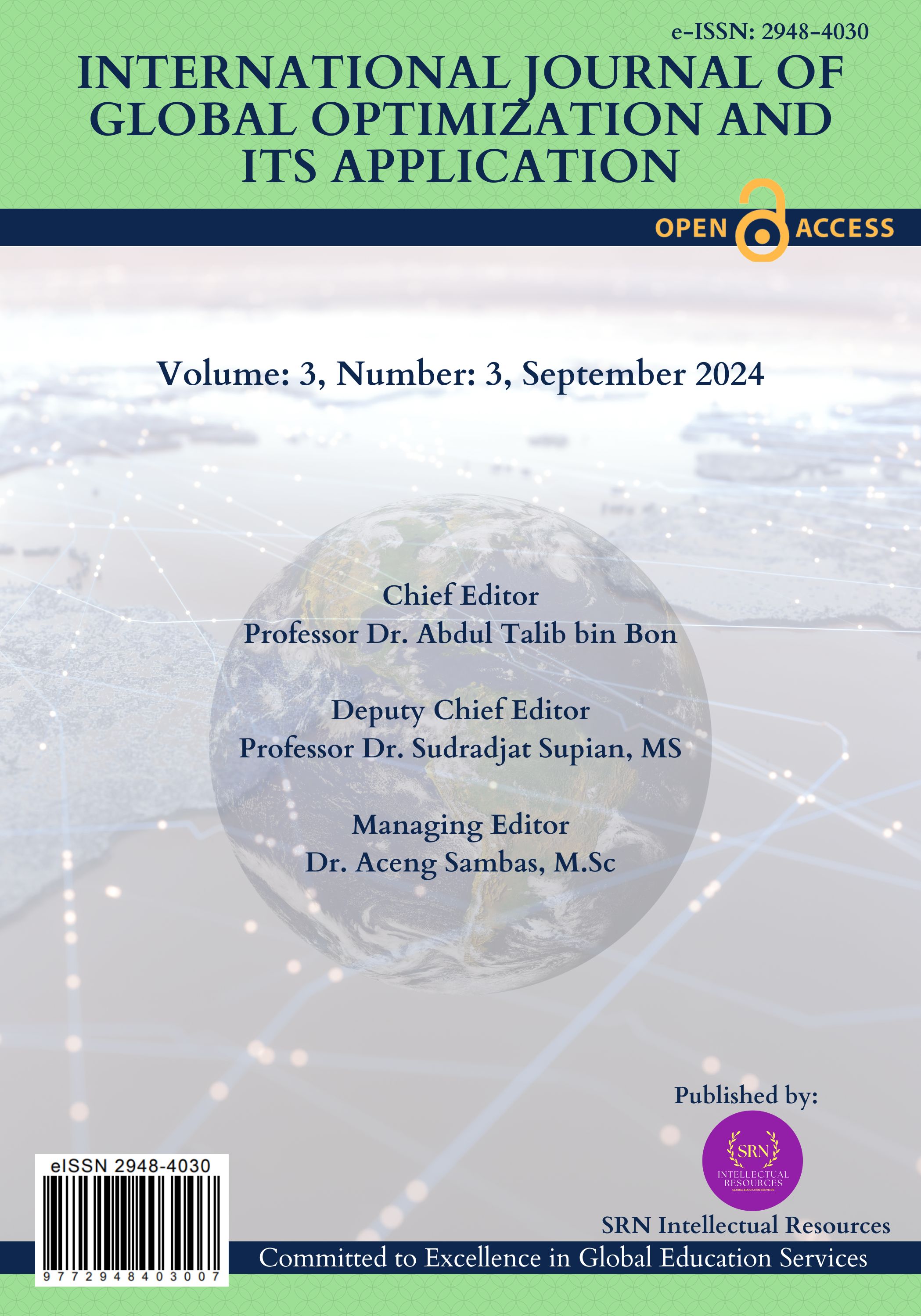Identifying Key Challenges and Opportunities of Green Bonds for Sustainable Finance in ASEAN
https://doi.org/10.56225/ijgoia.v3i3.437
Keywords:
Green Bonds, Sustainable Finance, Regulatory Challenges, Investor Awareness, Environmental InvestmentAbstract
The increasing global awareness of sustainability has led to the growth of green bonds as an essential financial instrument in ASEAN countries, particularly Indonesia, Singapore, Malaysia, Thailand, and Vietnam. This study explores the implementation of green bonds as a sustainable financing tool while identifying key challenges and opportunities in the region. The research aims to analyze the role of government policies, investor awareness, and regulatory frameworks in the adoption of green bonds. Using a qualitative research method with a literature review approach, this study examines previous findings on green bond implementation and evaluates its impact on sustainable finance. The results indicate that while ASEAN countries have taken significant steps toward green bond adoption, challenges such as low domestic awareness, inconsistent reporting standards, and limited green projects hinder market growth. Indonesia and Vietnam face regulatory and investor education gaps, while Malaysia and Thailand require better market incentives. Singapore leads in standardization and financial infrastructure but still faces challenges in expanding domestic green investment. The study concludes that harmonized policies, improved transparency, and stronger investor incentives are crucial for enhancing green bond adoption in ASEAN. Strengthening sustainable finance through green bonds will not only support environmental objectives but also provide economic growth opportunities for the region.
Downloads
References
Aini, A. N., Sukmadilaga, C., & Ghani, E. K. (2023). Green Bonds, Investor Attention and Stock Market Reaction: Evidence from ASEAN Countries. International Journal of Energy Economics and Policy, 13(6), 334–343. https://doi.org/10.32479/ijeep.15162
Akerlof, G. A. (2005). The Market for ‘Lemons’: Qyality Uncertainty and the Market Mechanism. In Explorations in Pragmatic Economics (Vol. 84, Issue 3, pp. 27–38). Oxford University PressOxford. https://doi.org/10.1093/oso/9780199253906.003.0002
Asian Development Bank. (2020). Green bonds in Southeast Asia: Market outlook and recommendations.
Asian Development Bank. (2021). Thailand green finance roadmap: Towards a sustainable future. Asian Development Bank.
Asian Development Bank. (2022). Green bonds and sustainable investment strategies in Asia. ADB Publications.
Bank, W. (2022). Vietnam’s green economy transition: Opportunities and challenges. World Bank.
Cendekiawan, M., & Firmansyah, A. (2024). Pengembangan Green Bonds Di Indonesia: Upaya Pemerintah Untuk Mewujudkan Keuangan Berkelanjutan. Journal of Law, Administration, and Social Science, 4(1), 87–100. https://doi.org/10.54957/jolas.v4i1.714
Climate Bonds Initiative. (2018). ASEAN green finance state of the market.
Flammer, C. (2021). Corporate green bonds. Journal of Financial Economics, 142(2), 499–516. https://doi.org/10.1016/j.jfineco.2021.01.010
Forum, A. S. E. A. N. C. M. (2023). Green finance in ASEAN: Challenges and opportunities. ASEAN Secretariat.
Hu, Y., & Jin, Y. (2023). Unraveling the influence of green bonds on environmental sustainability and paving the way for sustainable energy projects in green finance. Environmental Science and Pollution Research, 30(52), 113039–113054.
Jing, F., Muhamad, H., Said, R. M., & Daud, Z. M. (2024). Conceptual framework to improve financial performance via institutional pressures and voluntary environmental information disclosure. Multidisciplinary Reviews, 8(1), 20–25. https://doi.org/10.31893/multirev.2025009
Markowitz, H. (1952). Portfolio Selection. The Journal of Finance, 7(1), 15–30. https://doi.org/10.2307/2975974
Monetary Authority Singapore. (2021). Green bond grant scheme: Enhancing green finance in Singapore.
Nasir, N., & Ahmed, W. (2024). Green finance initiatives and their potential to drive sustainable development. In Climate change and finance: navigating the challenges and opportunities in capital markets (pp. 3–29). Springer.
Nguyen, T. P. (2021). Sustainable finance and green bonds in Vietnam: Regulatory challenges and market opportunities. Asian Economic Policy Review, 16(3), 375–395.
Peeters, H. (2003). Sustainable development and the role of the financial world. Environment, Development and Sustainability, 5(1), 197–230.
Pongsiri, N. (2022). Challenges in green bond development in Thailand. Asian Finance Journal, 27(1), 112–134.
Rahardjo, B. (2022). Green bonds in Indonesia: Implementation and future directions. Journal of Sustainable Finance, 14(2), 224–245.
Reichelt, H. (2010). Green bonds: a model to mobilise private capital to fund climate change mitigation and adaptation projects. The EuroMoney Environmental Finance Handbook, 2010, 1–7.
Sartzetakis, E. S. (2021). Green bonds as an instrument to finance low carbon transition. Economic Change and Restructuring, 54(3), 755–779.
Securities Commission Malaysia. (2019). Green sukuk and sustainable and responsible investment (SRI) sukuk guidelines. Kuala Lumpur.
Downloads
Published
How to Cite
Issue
Section
License
Copyright (c) 2024 Authors

This work is licensed under a Creative Commons Attribution 4.0 International License.


























